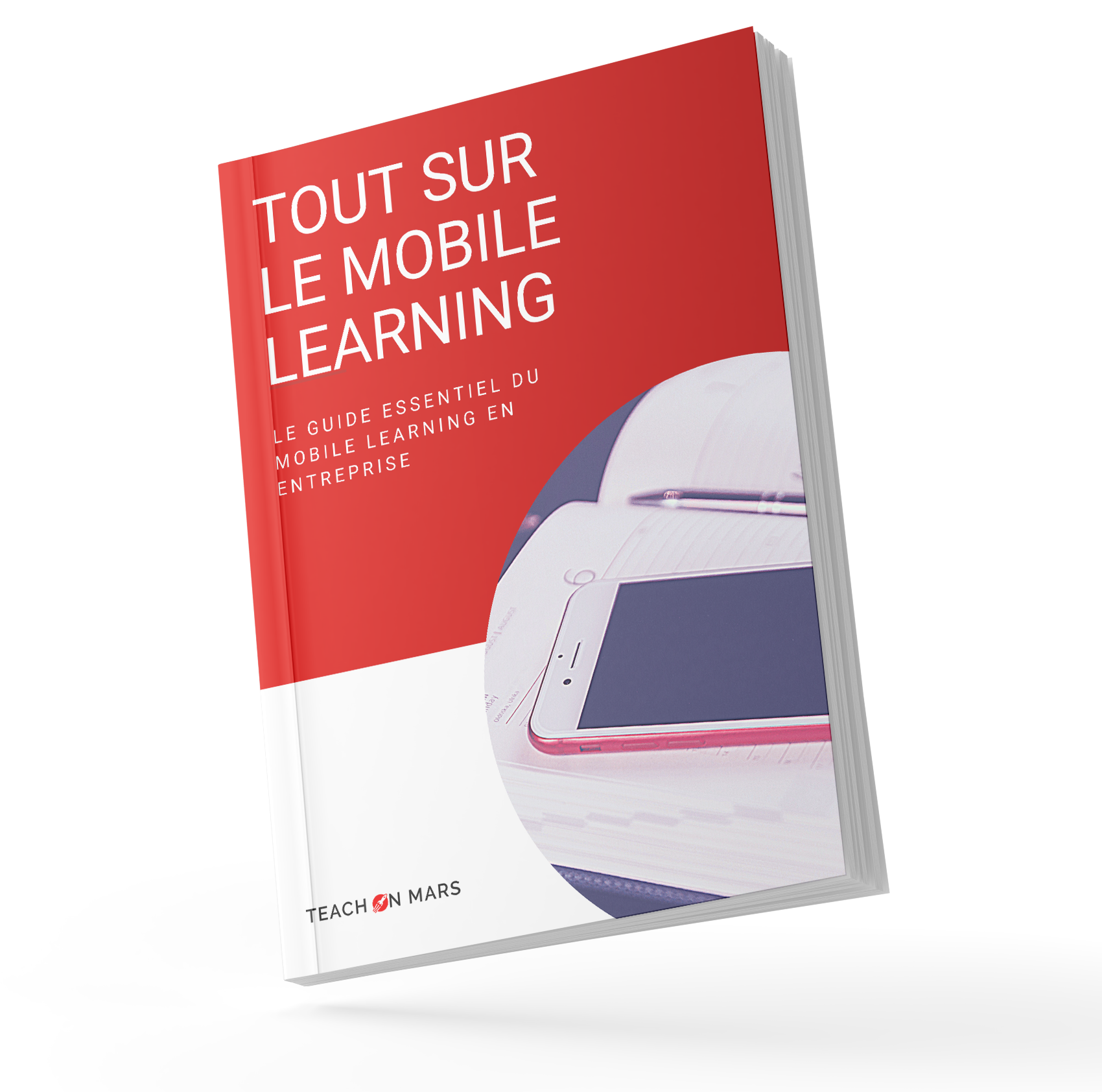In his book on Learning – The talents of the brain, the challenge of machines (published in French under the title “Apprendre – Les talents du cerveau, le défi des machines”), Stanislas Dehaene highlights the brain’s greatest talent: the ability to learn. Through better understanding of the brain, we can make learning easier and more permanent. Here we explore the four pillars of learning:
1. Attention
You will no doubt have already had the experience of “selective” memory. That’s not surprising as attention acts like a filtering mechanism that allows us to select a piece of information and then decide what to do with it. The attention system can be broken down into three attentional subsystems: alertness, orientation and executive control. So if you want to capture the attention of your learners, try to keep them alert by offering the right level of stimuli and a framework conducive to learning (through a ritual or place where the focus is firmly on training).
On a smartphone, attention is often short-lived as it can be severely tested thanks to notifications, being distracted from one app to another, and so on. Our technology allows you to create activities that focus the learner’s attention over short but effective periods of time: time-limited quizzes, speed and dexterity games, and memorisation activities requiring greater levels of concentration.
2. Active engagement
The act of learning requires the brain to be active and curious: it formulates assumptions that it then validates or invalidates based on situations encountered and results obtained. For information to be properly assimilated, learners must therefore put their knowledge into practice or use that particular skill in their professional (or personal) life.
In our Teach on Mars activity catalogue, we make sure that the activities provided allow real-life implementation of the concepts learned. In particular, the Exercise module includes a questionnaire that can be used to inventory knowledge acquired and provide recommendations based on the “challenges” faced in real life, under the supportive and encouraging eye of a manager or coach for example.
3. Error and surprise signals (or feedback)
The brain creates mental models based on assumptions. We learn by validating accurate assumptions and forgetting those that are incorrect. In this process, errors are inevitable but absolutely essential if we want to learn. Instead of trying to avoid them, it’s more productive to invite learners to make and correct mistakes. Self-training allows learners to get things wrong and repeat an exercise as often as necessary so that new knowledge becomes firmly embedded.
At Teach on Mars, we offer different types of activities. “Learning” activities allow learners to acquire concepts at their own pace, spending the time they need to on the text and media content offered. They then move on to “embedding” activities that usually have a fun component and reinforce the knowledge acquired. Finally, “validation” activities are usually only offered once to check appropriation of knowledge. Alongside this progressive learning process, we reward learners with a system of points and badges. The more correct answers a learner has, the more points they win and the higher their ranking. Perseverance and dedication are also rewarded: whenever an activity is launched (whether already completed or not), learners are also given extra points. They are therefore encouraged to make mistakes and to start over through social reinforcement in the form of winning points and achieving high rankings.
4. Consolidation
Consolidation is crucial: it allows our brains to store information and skills over the long term, while ensuring there’s still enough bandwidth for everything we have yet to learn. Our brains have the ability to automate the tasks we’re required to perform throughout our lives, despite the fact that they seemed impossible when we first tried them. For example, we know how to walk, read or drive “without thinking”.
To consolidate our knowledge, the brain needs sleep and repetition. Sadly, Teach on Mars can’t yet replace a lie-in! But repetition is facilitated by different association and memorisation activities that help embed information in the memory for the long term.
Mastering these universal factors as adults or children improves our ability to learn. To enhance these capabilities, what could be simpler than training on a mobile phone?
Teach on Mars has used the findings of cognitive science to create a complete catalogue of learning activities that will fit perfectly into your training programmes.
Our solution can be adapted to all learning models, but we have conceptualised a particular one known as “ELPA”. This cycle is based on four phases: Engage, Learn, Practice and Apply. During the first two phases (“EL”), you can offer your learners highly entertaining positioning activities to capture their attention and encourage their engagement. In the last two phases (“PA”), you can use memorisation and association games to put knowledge into practice, and create exercises that allow learners to apply their skills in the field.
Discover or rediscover the ELPA model here.

After years accompanying training center through digital transformation. Emmanuelle joined Teach on Mars adventure as an Account Manager. Today Emmanuelle is happy to share her expertise and her rich experience of Digital Learning.





